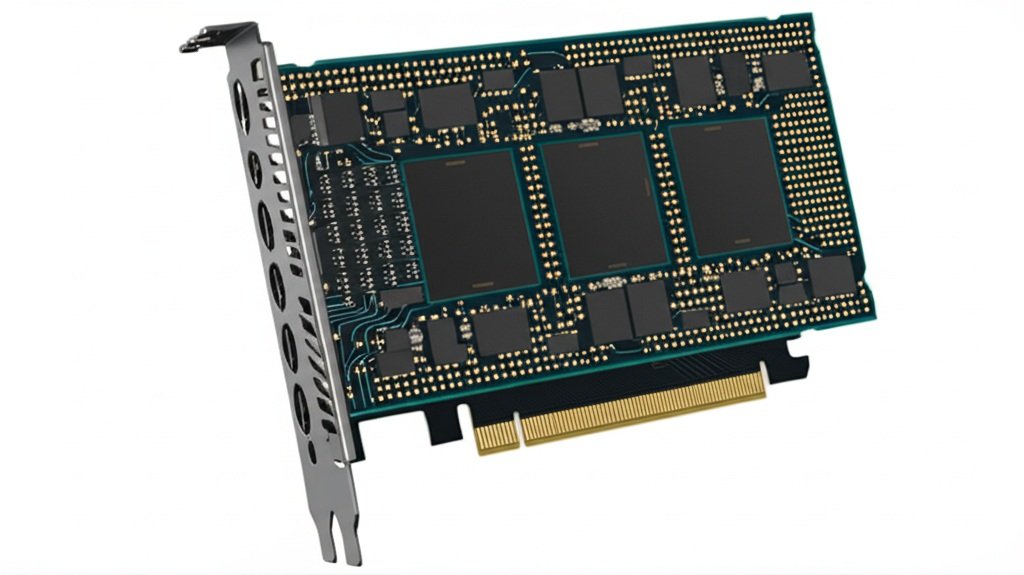AMD unveils its next-gen MI400 AI chips, sparking industry buzz and potential competition for NVIDIA. Will this new series reshape the AI landscape?
The world of artificial intelligence is constantly evolving, with new hardware breakthroughs promising to accelerate everything from machine learning to natural language processing. The latest buzz surrounds AMD’s highly anticipated MI400 series of AI chips. While details are still emerging, the potential impact of these new processors is already generating significant excitement across the tech industry and among AI developers.
What We Know About the MI400 Series
While official specifications are still under wraps, industry speculation and early reports suggest that the MI400 series will represent a significant leap forward in processing power and efficiency compared to AMD’s previous offerings. Key expectations include:
- Enhanced Architecture: Built on a cutting-edge architecture, these chips are likely to offer a substantial increase in the number of transistors and processing cores. This translates to greater parallel processing capabilities, crucial for handling the demanding workloads of modern AI models.
- Improved Memory Bandwidth: High-bandwidth memory (HBM) is essential for feeding data to the powerful processing units in AI accelerators. The MI400 series is expected to feature the latest generation of HBM, providing significantly faster data access and improving overall performance.
- Optimized for AI Workloads: These chips are designed specifically for the intensive computations required by AI and machine learning tasks. Expect dedicated hardware accelerators for matrix multiplication and other key operations, leading to faster training times and more efficient inference.
Potential Implications for the AI Landscape
The arrival of AMD’s MI400 series could have far-reaching consequences for the AI industry:
- Increased Competition: For a while, NVIDIA has held a dominant position in the AI accelerator market. The MI400 series has the potential to provide a strong competitive alternative, which could drive innovation and potentially lower costs for AI development.
- Democratizing AI: A more competitive market with diverse hardware options could make advanced AI capabilities more accessible to a wider range of businesses and researchers, fostering innovation across various sectors.
- Powering Future AI Innovations: The increased processing power offered by the MI400 series could enable the development and deployment of even more complex and sophisticated AI models, pushing the boundaries of what’s currently possible.
The Road Ahead
While the initial announcements and speculations are exciting, the real test will be the actual performance and availability of the MI400 series. Developers will need to evaluate these chips in real-world AI workloads to determine their true capabilities and how they stack up against existing solutions. However, the anticipation surrounding AMD’s latest offering is a clear indication of the ongoing drive for more powerful and efficient AI hardware, a trend that promises to shape the future of technology.










